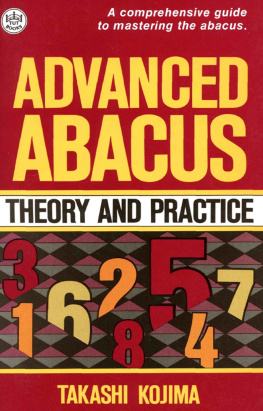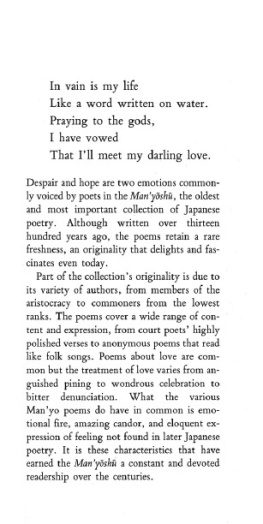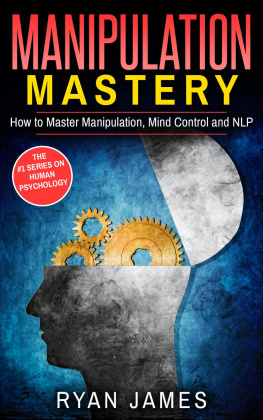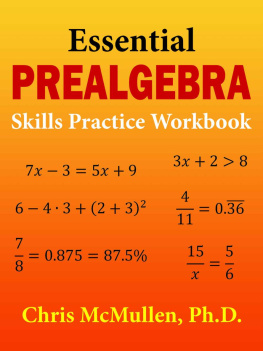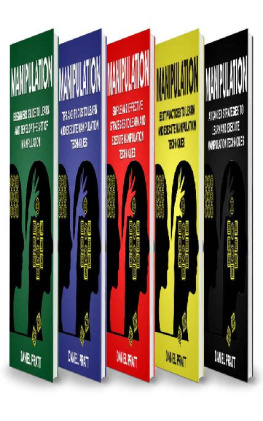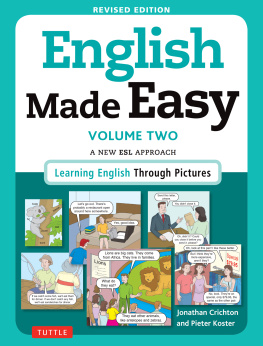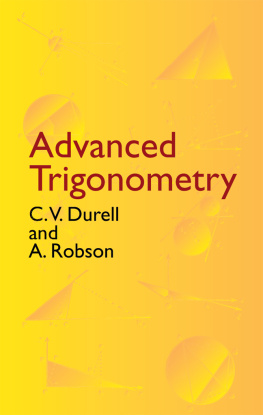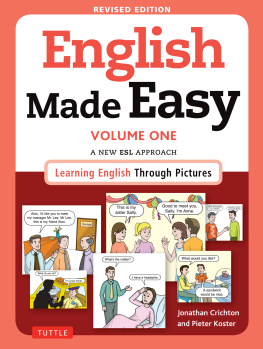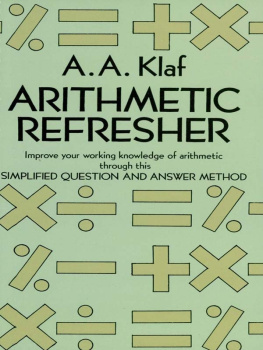AUTHOR'S FOREWORD
This book has been written as a sequel to my earlier work The Japanese Abacus: Its Use and Theory. In this volume I shall both expand the explanation of some of the basic abacus operations given in the first volume and discuss new operations and new ways of doing the basic operations.
In the first chapter I shall discuss the Oriental history of the abacus in greater detail than was done in my first book. In the second chapter I shall deal with the new problem of negative numbers or negative answers resulting from the subtraction of a larger number from a smaller one. The third and fourth chapters will respectively consider other methods of multiplication and division than the ones explained in my first book. Chapter five is an expanded discussion of decimals in multiplication and division. Chapter six is a practical discussion of how to handle calculations involving more than one unit of measurement (such as inches and feet or pounds and ounces). Chapter seven introduces a method of extracting square roots on the abacus. Finally, chapter eight provides more exercises for the reader to practice on. Through it he will be able to measure his abacus ability by taking actual examinations given to Japanese applicants for proficiency grades eight to one.
I would like to include here some noteworthy statistics concerning the recent license examinations. Of the successful examinees for the third-grade license, about 70% were between thirteen and eighteen years old, 5% were nineteen and over, and 25% were twelve and under (including 0.3% who were nine and under). Of the successful examinees for the second-grade license, about 91% were between thirteen and eighteen, 2% were nineteen and over, and 7% were between ten and twelve. Of the successful examinees for the first-grade license, about 87% were between thirteen and eighteen, 12% were nineteen and over, and 1% were under twelve. These figures do not completely tell the story because among those who pass the first-grade examination every year are some who have already passed it, but either want the practice or a higher score. This explains why the percentage of persons nineteen and over who passed the first-grade examination is larger than the percentage of the same group who passed the second-grade examination.
An interesting conclusion can be drawn from these statisticsit is rather difficult for persons over nineteen and under twelve to pass the first-and second-grade examinations.
The ratio of boys to girls who passed these examinations is also worthy of mention. Of the successful examinees for the third-and second-grade licenses, about 60% were girls and 40% were boys, while the reverse was true of the first-grade examination.
In Japan the abacus is definitely a practical skill. It has found its way into the curriculum of all Japanese grade schools as a fundamental part of arithmetic. Many senior commercial high schools require all students to pass at least the third-grade examination. There have also been many abacus schools established to meet the needs of those preparing to go into business. And, as I hope I am demonstrating in these two books, there is a good reason why the abacus can be found in practically every Japanese household.
I am greatly indebted to several authorities who kindly furnished me with valuable information and suggestions. My most grateful acknowledgments are due to Professor Yoemon Yamazaki of Nihon University. He is the Vice-Chairman of the Abacus Research Institute, and Advisor to the Central Committee of the Federation of Abacus Workers (hereafter referred to simply as the Abacus Committee). These organizations, being under the sponsorship of the Japan Chamber of Commerce and Industry, are far and away the largest and most important of all abacus organizations in Japan.
I also extend my most sincere gratitude to Professor Miyokichi Ban, of the above-mentioned Abacus Committee, who was kind enough not only to furnish this book with a great many exercises especially prepared and arranged for the sake of the foreign student but also to read the book in proof and give me many valuable suggestions.
I also must express my sincere thanks to Mr. Shinji Ishikawa, President of the Japan Association of Abacus Calculation, who spared himself no trouble in reading the manuscript and the proof and furnishing much invaluable up-to-date information.
Grateful acknowledgments are also due to Mr. Hisao Suzuki for his information on the history of the abacus and to Mr. Zenji Arai for valuable suggestions on the uses of the abacus.
I also wish to express my sincere thanks to Mr. Yataro Nagata, Chief of the Abacus Operators' License Examinations Section in the Japan Chamber of Commerce and Industry, for information on the national examinations for abacus operators' licenses and for permission to reprint in this book the problems presented in the 1959 National License examinations.
Last, but not least, I must thank Mr. William R. Whitney and the editorial staff of the Charles E. Tuttle Company for their valuable suggestions and improvements in both the manuscript and the proof stages.
TAKASHI KOJIMA
I. FURTHER REMARKS ON ABACUS HISTORY
The ancient Chinese books on mathematics which have been preserved furnish hardly any information on the abacus. Accordingly, nothing definite is known about its origin. The only reliable account of the origin of the Oriental abacus is in a book entitled Mathematical Treatises by the Ancients compiled by Hsu Yo toward the close of the Later Han dynasty (A.D. 25-220) at the beginning of the third century and annotated by Chen Luan in the sixth century. This book gives some information about various reckoning devices of those days and was one of the Ten Books on Mathematics (Suan-hwei-shi-chu) which were included among the textbooks to be read for government service examinations in China and Japan for many centuries.
Chen Luan in his note gives the following description of the calculating device:
"The abacus is divided into three sections. In the uppermost and lowest section, idle counters are kept. In the middle section designating the places of numbers, calculation is performed. Each column in the middle section may have five counters, one uppermost five-unit counter and four differently colored one-unit counters."

The above figure represents the abacus as pictured in accordance with the foregoing description. The board represents the number 37,295.
The extent to which the counting board was used may be told by Hsu Yo's poetical description of the board. The verse, which is highly figurative and difficult to decipher, may read: "It controls the four seasons, and coordinates the three orders, heaven, earth, and man." This means that it was used in astronomical or calendar calculations, in geodetic surveys, and in calculations concerning human affairs.
The reader will notice a close similarity between this original Oriental abacus and the Roman grooved abacus, except for the difference that counters were laid down in the former while they were moved along the grooves in the latter. Because of this and other evidence, many leading Japanese historians of mathematics and the abacus have advanced the theory that the above-mentioned prototype of the abacus was the result of the introduction into the East of the Roman grooved abacus.
The following corroborative pieces of evidence in favor of this theory are cited in the latest works by Prof. Yoemon Yamazaki and Prof. Hisao Suzuki of Nihon University.

